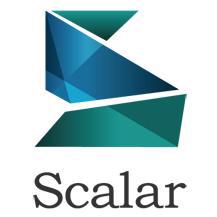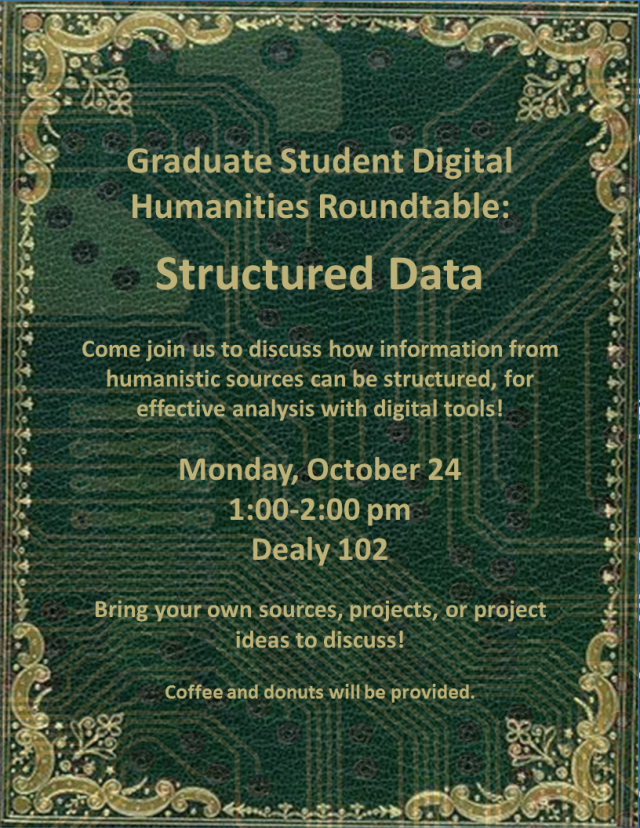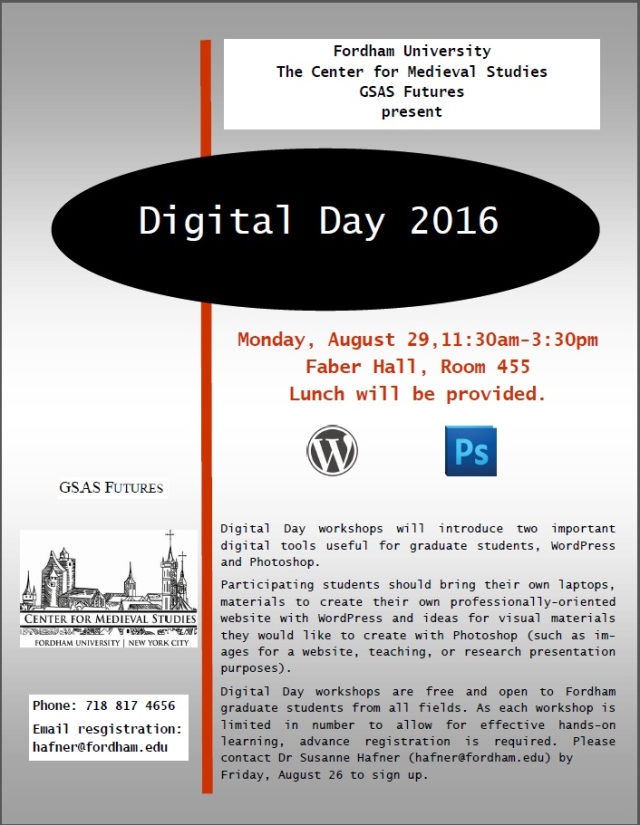From Sharon J. Harris, PhD Candidate in the English Department and HASTAC Scholar.
I recently attended a panel discussion at the NYU Center for the Humanities to kick off the release of a new book, Theorizing Sound Writing, ed. Deborah Kapchan (Middletown, CT: Wesleyan University Press, 2017). The book explores the relationship of writing and aurality (the study of listening) in order to pursue two aims: It theorizes how to write about sound, and it uses its premise of listening to point toward compassionate scholarship. Kapchan, the volume’s editor and chair of the panel cites philosopher Jacques Attali’s pronouncement that theorizing through language and mathematics is insufficient because “it is incapable of accounting for what is essential in time—the qualitative and the fluid, threats and violence.”[1] From this criticism he calls for new “theoretical forms” that can better respond to temporal experience. Kapchan points out that thirty years later we find a similar call from theorist Lauren Berlant, who identifies the need “to invent new genres for the kind of speculative work we call ‘theory.’”[2]
I wonder what these new genres could be. I don’t wonder, however, whether digital technologies will be a part of them. They will, but how? Two examples illustrate the potential roles that digital technologies may take in theorizing our past and current experiences, even if the role is one of absence. In his chapter “Acoustic Palimpsests” J. Martin Daughtry lays out different iterations of his process of writing the article, beginning with a Russian poem by Anna Akhmatova, followed by the first draft of his introduction to the chapter but entirely crossed out like so. He moves through multiple other layers, each marked as a separate section of the chapter, that include a subsequent introduction draft written in 2009; a passage from Jorge Luis Borges; sonic accumulation in recordings of Iurii Kirsanov; photographic examples of street art palimpsests composed of accreted layers of pasted advertisements, graffiti, and partial decomposition from weathering; and various marginalia. In the penultimate section of the chapter Daughtry admits to doubts and asks,
Having inscribed this layered text, this meditation on erasure, can I erase what I’ve written so far? Can I wipe out my treatment of Kirsanov, and Filon, and soldiers in Iraq, and iPod users, only to try again to capture their essence tomorrow? Like a medieval scribe with a scraping knife, can I unwrite this text? In doing so, can I compel you, dear reader to unread it?
Of course I cannot.
[Delete all.]
[Restart.][3]
Daughtry even does restart with one more brief section following this one, a transcription of pencil scribbles on the “back of the last page” in multiple hands that does not identify the authors, the document scribbled on, or the context of the scribbles.
I couldn’t help wondering what such an experimental chapter form would look like in digital format. In a video or audio version these layers could be shown individually, but then they could also be entirely stacked on top of one another at the end to show the cumulative palimpsest Daughtry creates. The potential for these digital technologies is because of their ability to capture events in and across time. But Daughtry’s sections are not equal in their textual length, and so if they were stacked, how would a digital format temporally deal with their varied lengths? Some layers might finish far before others. I.e., if the text was read at the same pace for each section (another formal and interpretive decision in and of itself), Akhmatova’s poem would finish long before the analysis of Kirsanov’s recordings. Although palimpsests are created over time, digital technologies show, by capturing moments in time, the singular, instant-like nature of palimpsests as well. If we consider different genres for theory, Daughtry’s experimental chapter exhibits the limitations of the standard text or book-based form and offers promising potential for foregrounding his ideas and for raising new ones through digital genres.
But another contribution, “Sound Commitments: Extraordinary Stories,” by Tomie Hahn, shows the limitations of digital formats. She begins her chapter with a warning that it is a performance and is to be read out loud. She entreats the reader, “Join in the performance. Explore the presence of text, the vulnerability and ephemerality of embodying text, by listening to each sound formed by your voice. In this way you will be sharing the text while also experiencing and altering Hahn’s fieldwork experiences.”[4] How would a digital format affect this chapter? The chapter itself asks to be performed, to be sounded. But a digital performance would remove the experience of personally performing the text. A digital performance risks pinning it down to a single, authoritative performance, like sticking a pin in a butterfly to preserve it, and this is antithetical to Hahn’s goals for the chapter. In this respect digital technologies can act as a collection (no doubt Hahn uses them in her fieldwork referred to above), but in tracking temporal performance, as Attali asks, textual forms may lose the potential of their timelessness and openness to multiple performers.
In this volume’s project of more mindful listening digital technologies allow us, on the one hand, to do so in a more somatic sense. If theory needs new genres, digital genres may help to develop more sympathy from physical experience and help to better account for the lived and sensed experience of being human. On the other hand, digital formats will, as we continue to learn, also open new questions about the limits of mediating the human experience no matter what technology we use and argue for occasions when they, like analog technologies, come up short.
[1] Jacques Attali qtd. in Deborah Kapchan, “The Splash of Icarus: Theorizing Sound Writing/ Writing Sound Theory” in Theorizing Sound Writing (ed. Deborah Kapchan (Middletown, CT: Wesleyan University Press, 2017), 2.
[2] Lauren Berlant qtd. in Ibid.
[3] J. Martin Daughtry, “Acoustic Palimpsests” in Theorizing Sound Writing, 79.
[4] Tomie Hahn, “Sound Commitments” in Theorizing Sound Writing, 138.




 Maybe this is just an old-fashioned question of form vs. content. The content is exciting, full of new connections. But the form is new too. Are we ready for it? When we push and straddle boundaries of various disciplines, we must be accountable to not only the content of more than one field of study but also the form that information takes. For example, I have assigned my students to create annotated playlists. This project helps them to read music closely, using many of the same skills of literary analysis but applied to a different medium. I have to think through the best format for completing and turning in this kind of work. To do the assignment the students need to learn to use music platforms that can create and playlists and then share them. They also then need to annotate those playlists and find a way to turn all of it in together. The software
Maybe this is just an old-fashioned question of form vs. content. The content is exciting, full of new connections. But the form is new too. Are we ready for it? When we push and straddle boundaries of various disciplines, we must be accountable to not only the content of more than one field of study but also the form that information takes. For example, I have assigned my students to create annotated playlists. This project helps them to read music closely, using many of the same skills of literary analysis but applied to a different medium. I have to think through the best format for completing and turning in this kind of work. To do the assignment the students need to learn to use music platforms that can create and playlists and then share them. They also then need to annotate those playlists and find a way to turn all of it in together. The software  In my case with the annotated playlist assignment, I was developing a new course, which already took quite a bit of work. So I decided to have my students create the playlist on Spotify or YouTube, technologies they most likely knew (but I have also learned not to assume that my students know even what seem to be the most common technologies!), and email their annotations typed in Microsoft Word. This system isn’t as compact or seamless as the other technologies might have been, but it had the benefit of being familiar and easy to communicate as they took on the challenge of thinking and writing about a new discipline.
In my case with the annotated playlist assignment, I was developing a new course, which already took quite a bit of work. So I decided to have my students create the playlist on Spotify or YouTube, technologies they most likely knew (but I have also learned not to assume that my students know even what seem to be the most common technologies!), and email their annotations typed in Microsoft Word. This system isn’t as compact or seamless as the other technologies might have been, but it had the benefit of being familiar and easy to communicate as they took on the challenge of thinking and writing about a new discipline.




